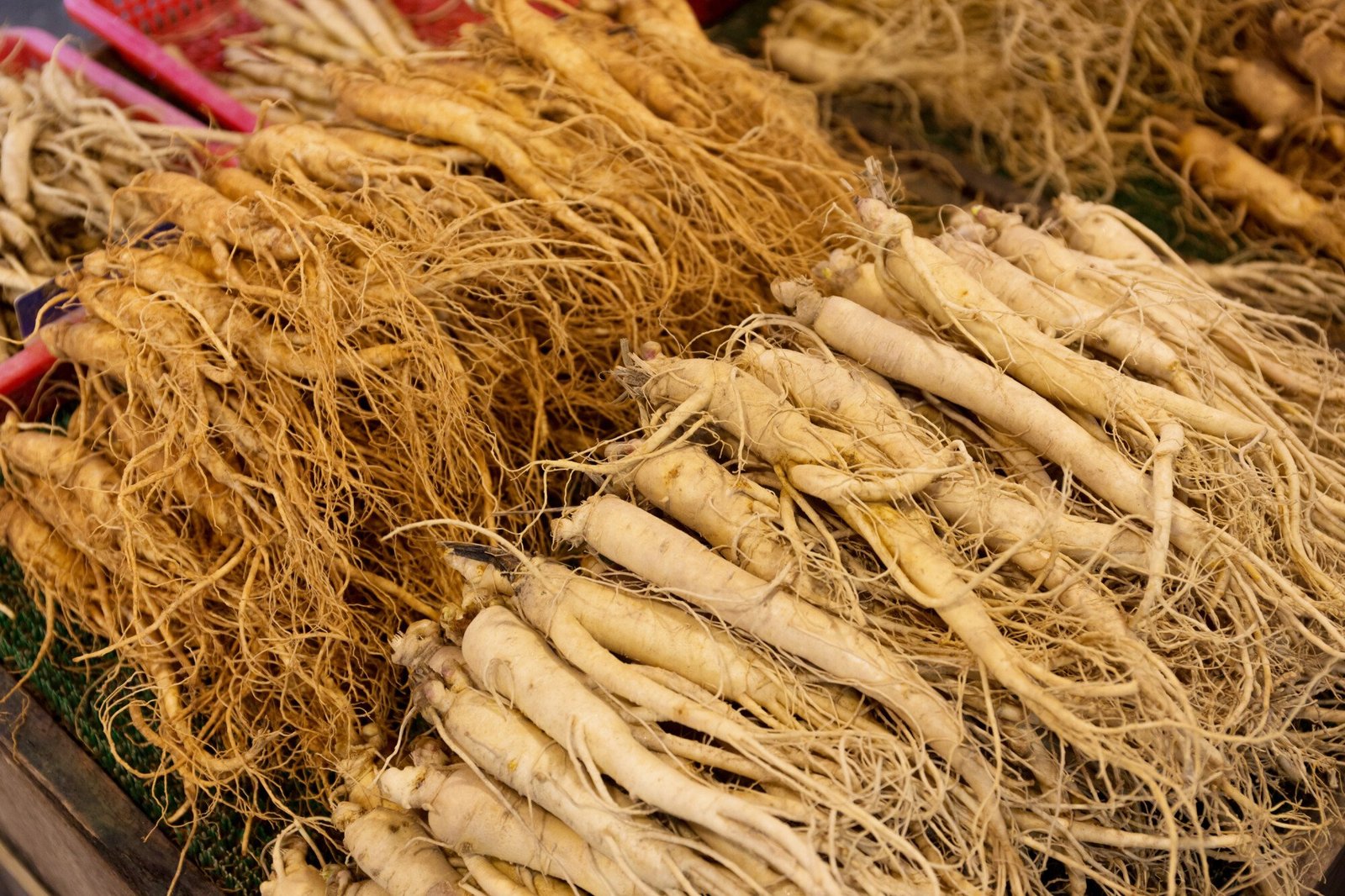
Breaking Down the Different Types of Ginseng Seeds: Which One is Right for You?
Ginseng is one of the most sought-after herbs on the market, as it is known for its vast range of benefits, from boosting energy to lowering blood pressure.
But before you can reap the rewards of this amazing plant, you first have to grow it! If you’re new to the wonderful world of herbs and gardening, growing ginseng in a garden can seem like a complex and daunting process, but it’s actually very simple if you know where to start.
The first step is choosing and buying the right range of seeds. But with so many to choose from, where do you begin? In this article, we’ll break down the different types of ginseng seeds, but first, let’s start at the beginning.
Table of Contents
Understanding the Different Types of Ginseng Seeds
Before delving into the specifics of different ginseng seeds, it’s important to understand the basics of ginseng itself. Ginseng is a slow-growing perennial plant belonging to the Panax genus, which translates to “all-healing” in Greek.
When it comes to growing ginseng, the most important thing is finding a good quality seed. Ginseng seeds come in two varieties – softshell and hardshell.
Softshell seeds are smaller, rounder, and more fragile than hardshell seeds. They have a softer outer shell, which makes them easier to plant but also more susceptible to disease and pests.
There are several species of ginseng, each with its unique characteristics and medicinal properties. Ginseng is known for its ability to improve vitality, boost the immune system, and enhance cognitive function. It’s also believed to have anti-inflammatory and antioxidant properties.
There are several types of ginseng seeds, each derived from different species of ginseng and suited to different climates and growing conditions.
American Ginseng (Panax Quinquefolius)
American ginseng (Panax quinquefolius) is native to North America and is one of the most sought-after types of ginseng due to its potential health benefits.
It is believed to have adaptogenic properties, meaning it may help the body adapt to stress. It’s also known for improving mental clarity and enhancing cognitive function. American ginseng seeds are smaller and rounded, so they’re easier to handle when planting.
American ginseng thrives in the forests of eastern North America, often in areas with rich, loamy soil and shade from hardwood trees. It prefers a cool climate and doesn’t tolerate extreme heat well.
Asian Ginseng (Panax Ginseng)
Asian ginseng (Panax ginseng) is perhaps the most famous and widely recognized type of ginseng. Native to East Asia, it has a long history of use in traditional Chinese medicine.
It is known for its stimulating properties, which can boost energy and vitality. The seeds are typically more elongated and spindle-shaped compared to American ginseng seeds.
Asian ginseng requires specific growing conditions. It thrives in cool, temperate climates and prefers well-drained, sandy soil with good organic matter content. It’s often grown in countries like China and Korea, where it’s considered a valuable crop.
Siberian Ginseng (Eleutherococcus Senticosus)
Siberian ginseng, also called Eleuthero, is not a real ginseng. However, it’s often talked about because of its similar name and some shared traits. It has been used in traditional Chinese medicine and is believed to have similar benefits to Asian ginseng, such as boosting energy levels.
Siberian ginseng prefers colder climates and grows naturally in the mountains of northern China, Korea, Japan, Russia, and Eastern Europe. The seeds are small and dark brown with a pointed end. Siberian ginseng is mainly used for its adaptogenic properties. It may help the body handle stress and improve well-being.
Siberian ginseng is hardier than its true ginseng counterparts and can grow in various climates, from cold to temperate. It prefers well-drained soil and can tolerate some sunlight, unlike its shade-loving counterparts.
Indian Ginseng (Withania Somnifera)
Indian ginseng is also called Ashwagandha or Withania Somnifera. This plant is different, but people often call it Indian ginseng because it helps in Ayurvedic medicine. It is native to India, North Africa, and the Middle East, but can be grown in many places around the world.
Indian ginseng is used in Ayurvedic medicine for its adaptogenic properties. It may improve energy levels and boost overall well-being. The active compounds found in Indian ginseng are believed to act as antioxidants and reduce inflammation.
It is also used as an adaptogen to help the body respond to stressors more effectively. Growing Indian ginseng requires warm climates, plenty of sun, and regular watering.
It can grow in various soil types but thrives in well-drained, sandy soil. It’s a heat-tolerant plant, making it an excellent option for regions with high temperatures. To learn more about the many benefits of this type of ginseng check Zestful Health website today!
Wild Ginseng (Various Species)
Wild ginseng refers to ginseng plants that grow naturally in the wild, rather than being cultivated. These plants can be a mix of American, Asian, or other ginseng species.
It is highly prized for its potential potency and is often considered superior to cultivated ginseng. Wild ginseng is becoming scarce because it is overharvested and its habitat is destroyed. It is now protected in many areas.
The habitat of wild ginseng varies depending on the specific species growing in the wild. In general, wild ginseng prefers mature hardwood forests and shaded, well-drained soil. If you want to grow wild ginseng seeds, you must follow local rules and sustainable practices.
Choosing the Right Ginseng Seeds for Your Garden
In the world of ginseng seeds, there are several options to consider, each with its unique properties and growing requirements. To choose the right ginseng seeds for you, take into account your climate, intended use, and any local regulations.
Growing ginseng can be rewarding and fulfilling, no matter which type of seed you choose. By giving them the right care, you can grow these seeds into healthy ginseng plants. These plants might have health benefits.
So, embark on your ginseng journey, and watch your garden flourish with this revered herb. Happy planting!
And you don’t have to stop here. For additional resources and articles, check out the rest of our site.
Last Updated on November 2, 2023













